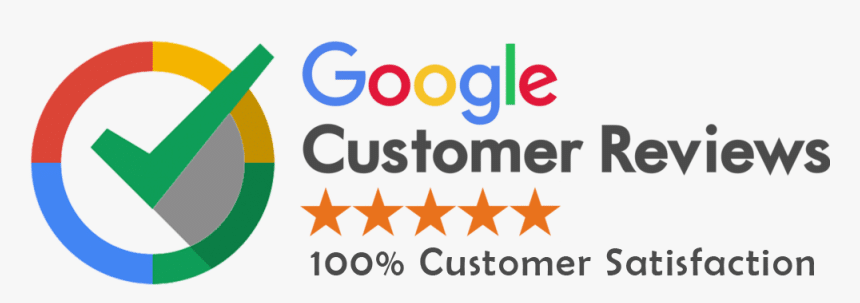In the world of Website Design Revolution, things are always changing. People want websites that work well, look good, and are easy to use. As we step into a new era of web development and user experience, it’s crucial to anticipate the forthcoming changes. These changes are going to shape the future of website design. So here are seven key predictions and trends of the website design revolution.
Responsive Design Evolution
We use all kinds of devices to go online, like phones, tablets, and computers. In the future, websites will be even better at working on all these devices. Moreover, they’ll change their size and layout to fit whatever screen you’re using. However, responsive design means making websites that work well on all different devices, like phones and tablets. It’s like having a website that can change its size and layout to fit whatever screen you’re using. So, over time, responsive design has gotten even better. Now, it uses smart techniques to adjust to all kinds of devices, including newer ones like smartwatches and big TVs.

Immersive Experiences with VR and AR
Imagine being able to walk through a virtual store or explore a new city right from your computer! Soon, websites will use cool technologies like virtual reality (VR) and augmented reality (AR) to make online experiences more exciting and lifelike. Moreover, VR makes you feel like you’re there, whether it’s exploring a virtual museum or playing an immersive game. AR, on the other hand, adds virtual elements to the real world around you, like seeing digital characters in your living room through your phone camera. Also, these technologies are becoming more popular because they make online experiences more exciting and interactive.
Minimalism and Microinteractions
People like Website Design Revolution that are easy to understand and use. Also, that’s why websites will become simpler and cleaner. Moreover, they’ll use less stuff on the page, like big images and fancy designs, to help you find what you need faster. In addition, minimalism in website design means keeping things simple and clean. It’s like having a tidy room with just the things you need, nothing extra. Also, on websites, minimalism means using lots of white space, clear fonts, and simple layouts to help visitors focus on what’s important. Moreover, micro-interactions are like small, subtle animations or effects that make using a website more enjoyable.
Dark Mode Adoption
Do you know how some apps and websites have a dark background instead of a light one? So, that is called dark mode. Moreover, it’s becoming popular because it’s easier on the eyes, especially at night. Soon, more websites will let you switch to dark mode if you prefer it. Moreover, dark mode adoption means using dark colors on websites and apps instead of light ones. In addition, it’s like switching from a bright room to a dimly lit one, which can be easier on the eyes, especially at night. Also, many people like dark mode because it reduces eye strain and saves battery on some devices. However, it’s becoming more popular because it’s more comfortable for some people to use, especially when it’s dark around them.
Accessibility and Inclusive Design
Firstly, websites should be easy for everyone to use, including people with disabilities. Moreover, in the future, websites will be built so that anyone, no matter what challenges they face, can use them easily. Inclusive design goes beyond just meeting accessibility standards—it’s about considering the diverse needs of all users from the start. So, by creating websites and apps that are accessible and inclusive, we can ensure that everyone can fully participate and engage in the digital world. Lastly, it’s about making technology more welcoming and usable for everyone.
Data-driven Personalization
Website Design Revolution will start to learn more about you. Also, they’ll remember what you like and show you things you are interested in. Moreover, this will make your online experience more personal and enjoyable. Data-driven personalization is when websites and apps use information they gather about you to make your experience better. Moreover, it’s like when a friend knows what you like and gives you good recommendations. For example, if you often look at sports news, a website might show you more sports stories next time you visit. However, this personalization happens because the website collects data on what you do, like what you click on or search for.
Voice User Interfaces (VUI)
Have you ever talked to a smart speaker like Alexa or Siri? Soon, you might talk to websites the same way. Moreover, you’ll be able to ask them questions and tell them what you want, just by using your voice. Voice User Interfaces (VUI) are like talking to your computer or phone. Instead of typing, you speak to it. Also, it’s like having a helpful friend you can ask questions to, and it answers back. For example, you can ask it to play your favorite song or tell you the weather. VUI technology listens to what you say and understands your words. Then, it does what you ask or gives you the information you want.
Conclusion
These changes will make websites better for everyone. Technology is getting better, and people want different things from websites. Moreover, we’ll see more changes like responsive design that works on all devices and immersive experiences that make websites more exciting. Also, websites will keep things simple with minimal designs and use data to personalize your experience. By following these trends, designers can make websites that people like using.
Also, they’ll work on all devices, be simpler to use, and even more personalized. It’s an exciting time for website design, and there are lots of possibilities ahead. However, the future is all about being creative, making websites easy to use for everyone, and giving users more power over their online experience. So, get ready for the future of website design—it’s going to be exciting!




